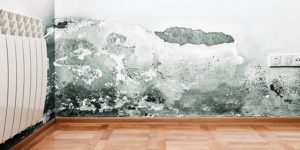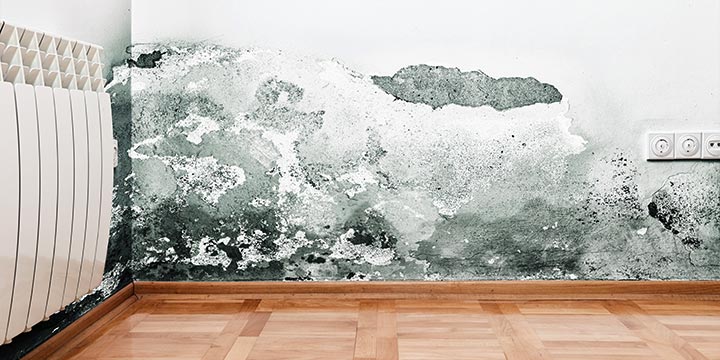 As a homeowner, nobody wants to make costly mistakes – and yet the pitfalls are everywhere. That’s part of what makes being a homeowner so challenging and exciting. There is no end to the challenges that arise, and doing things the right way means greater financial health over the long term.
As a homeowner, nobody wants to make costly mistakes – and yet the pitfalls are everywhere. That’s part of what makes being a homeowner so challenging and exciting. There is no end to the challenges that arise, and doing things the right way means greater financial health over the long term.
Residential mold is one area where people make a lot of costly mistakes. Often times, these mistakes are “oversights” that allow mold invasions to get out of hand. By then, a full-scale mold remediation effort may be needed to address the problem; and everybody wants to avoid those situations if possible. To increase your knowledge as a homeowner, here are 3 common mistakes that lead to mold problems.
1. Not paying attention to humidity levels in the home
Generally speaking, a humid home will be noticeable because (at least for most people) too much humidity is uncomfortable. But there are areas of the home that can become more humid than others, such as basements and attics. Mold problems can also develop in the ductwork of your home, and in other aspects of the HVAC systems. Humidity is definitely something to watch carefully if you want to prevent residential mold problems (which, of course, you do).
2. Trying to clean up mold yourself
This may sound like a strange “mistake,” but the truth is that if mold is cleaned up the wrong way, it’s not really cleaned up at all. In fact, the problem often becomes worse as a result of DIY mold removal methods. What do we mean? First of all, cleaning solutions that don’t eradicate mold are often used. The result is an “appearance” of a job well done. The visible mold is gone. However, people often notice the mold reappearing very soon, and they can often see the movement of the sponge or cloth where they had been scrubbing. In other words, they succeeded only in spreading the mold across a greater surface area. DIY mold cleanup can also fail because visible mold is usually only the “tip of the iceberg” when it comes to mold.
3. Not addressing water/flooding issues immediately
Mold loves to grow on the heels of water damage events such as flooding. Any situation where unwanted moisture and water is present in the home, even in small amounts, is a perfect opportunity for mold colonies to set up shop. The effect of water damage events can linger for a long time if the problem is not correctly addressed. This could involve things like basement waterproofing or foundation repair. It’s also worth noting that certain piece of furniture and other items may be infested with mold, and cleaning them up may not be possible in all cases. Furniture and other items that have been subject to water damage and/or mold infestation often have to be thrown away, unfortunately, as a measure of mold prevention.
Reaching out to your local mold specialist
Be sure to find a company that specializes in all areas of mold testing, assessment, remediation, and of course prevention. If you need to hire a company for remediation services, make sure the work is backed up in writing. Good luck keeping your home mold free!

